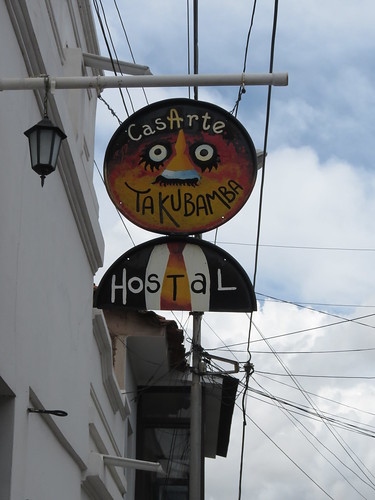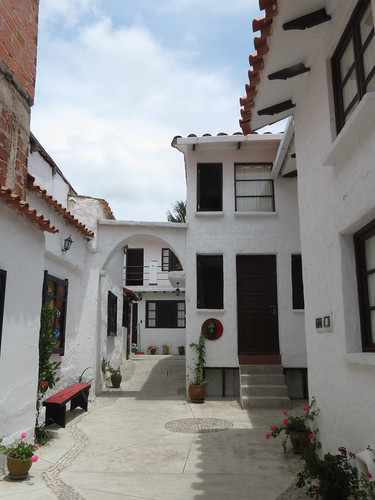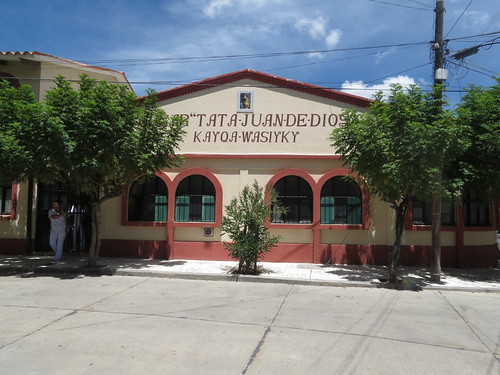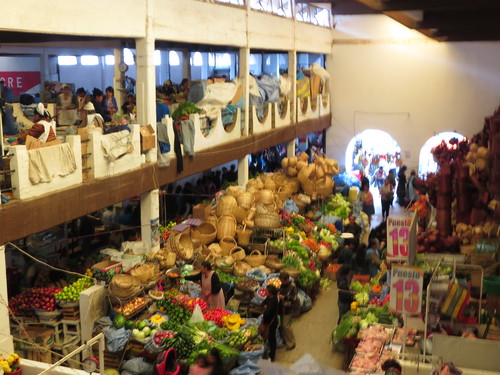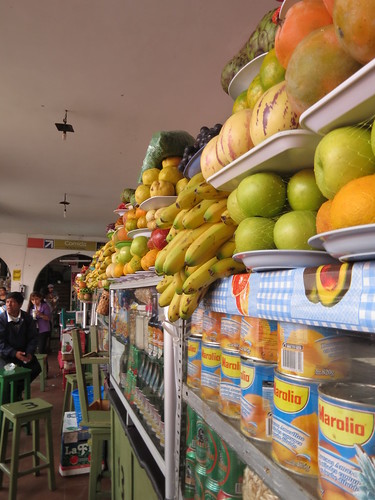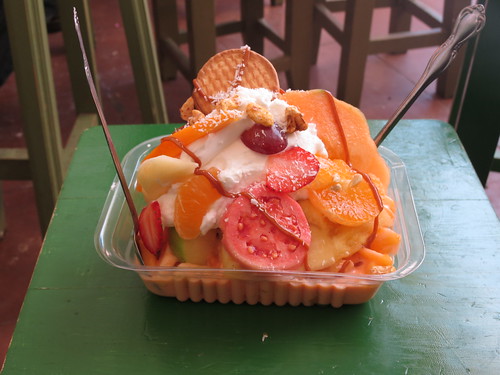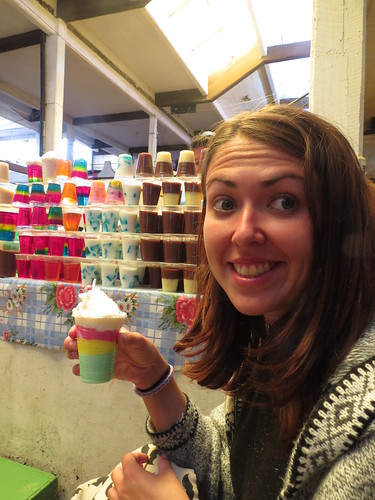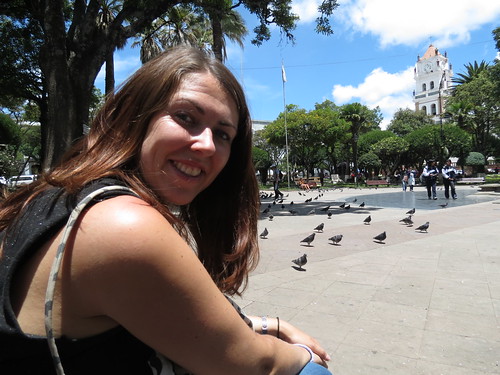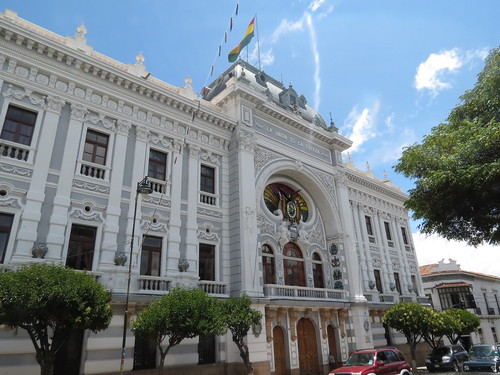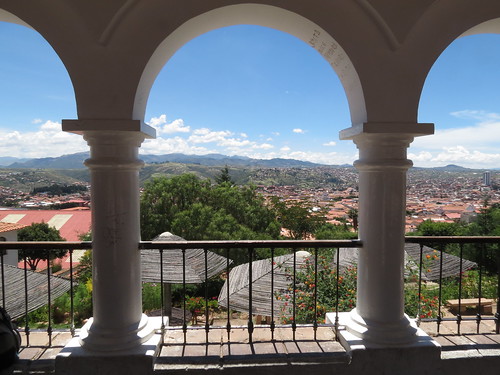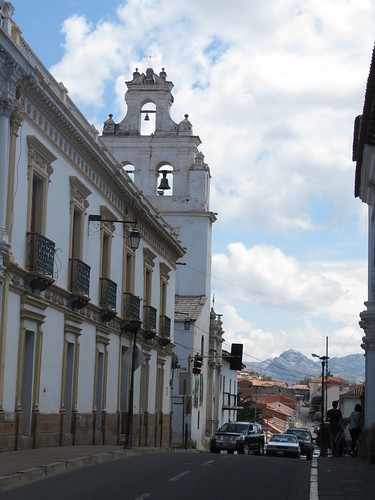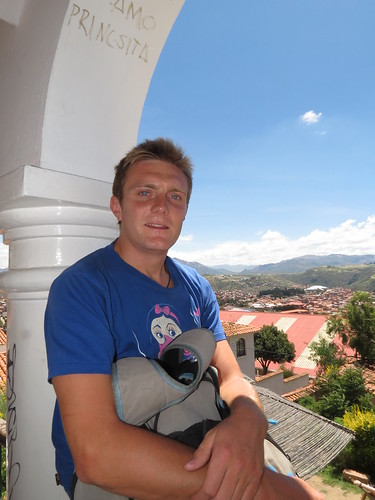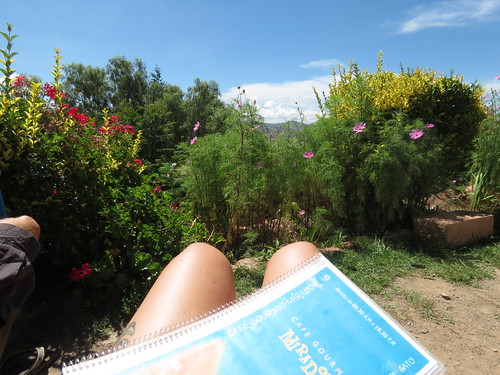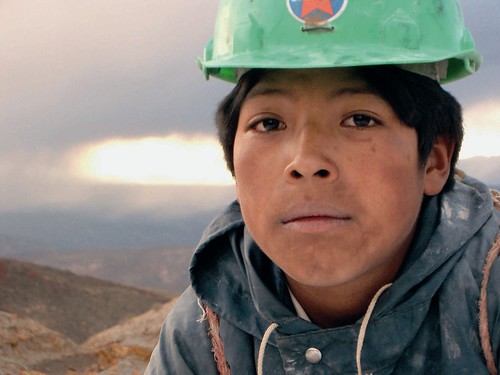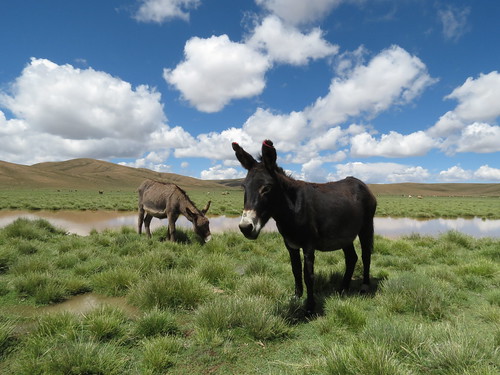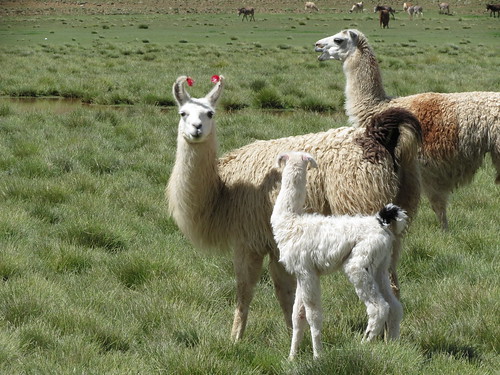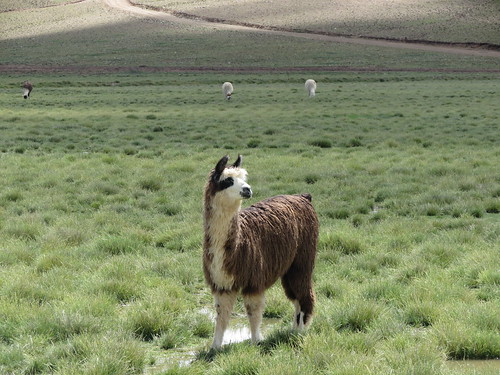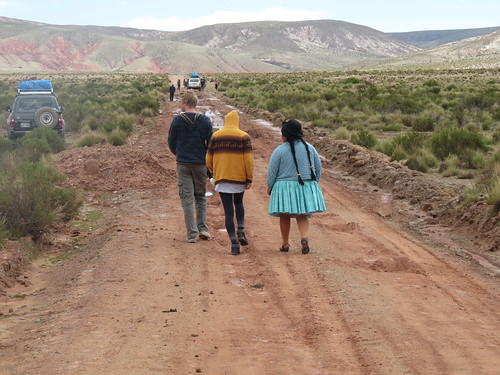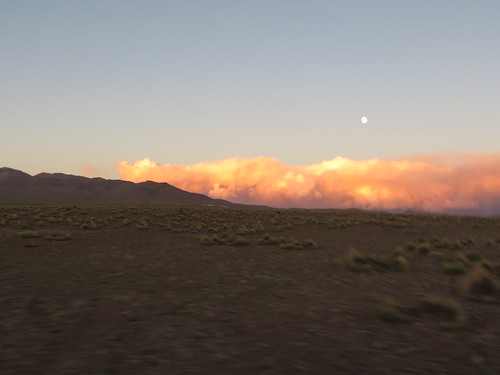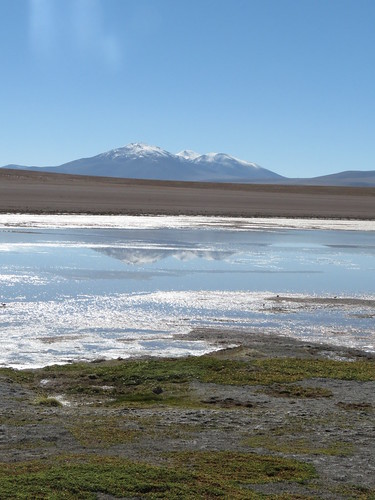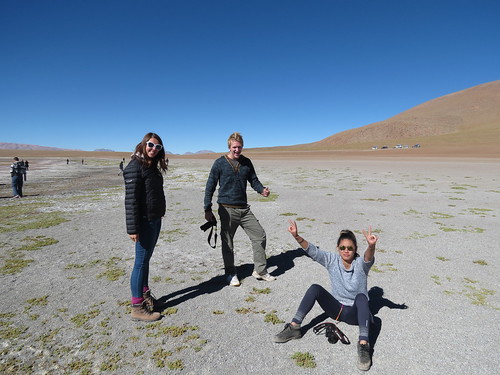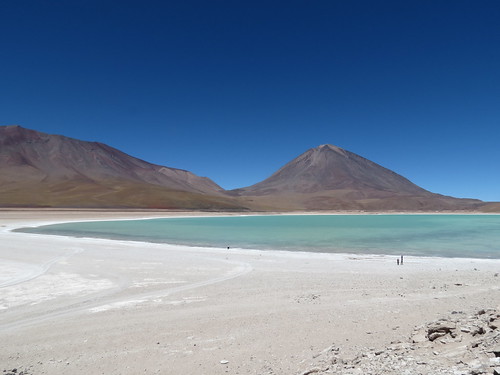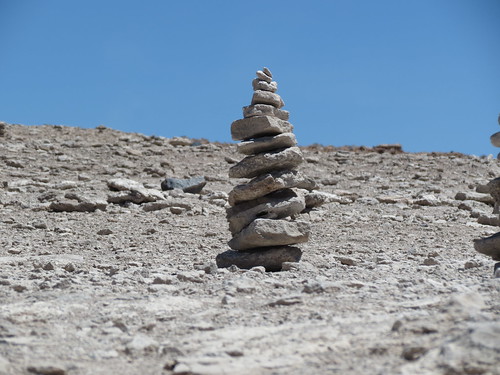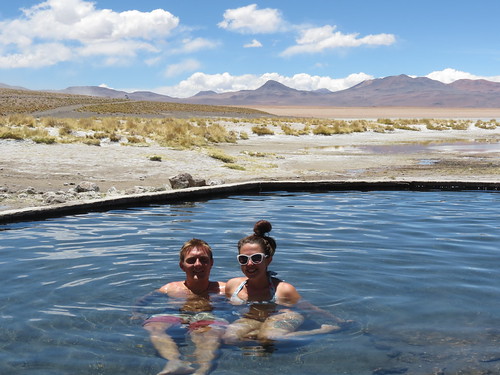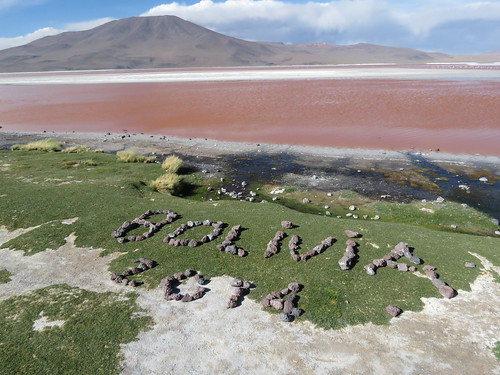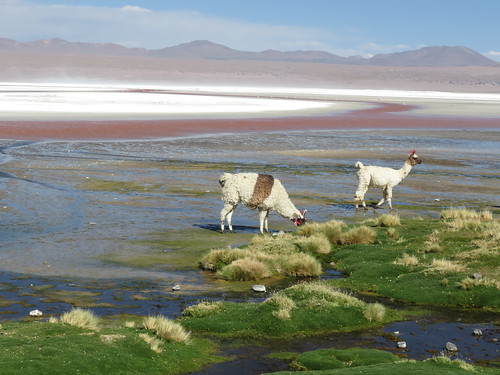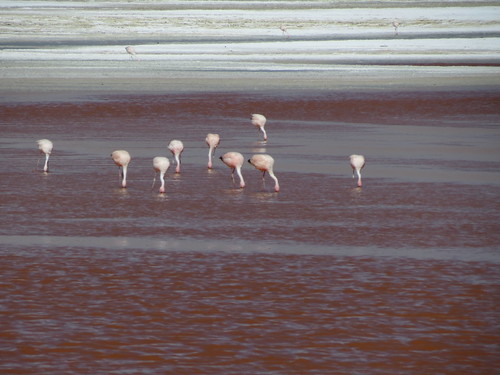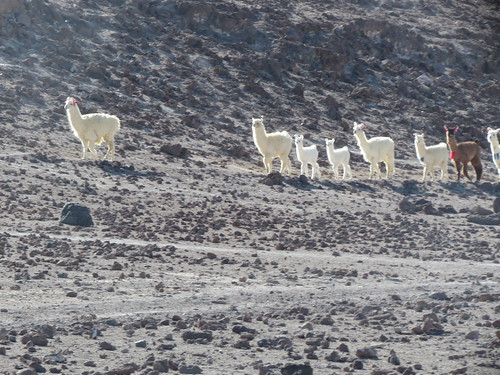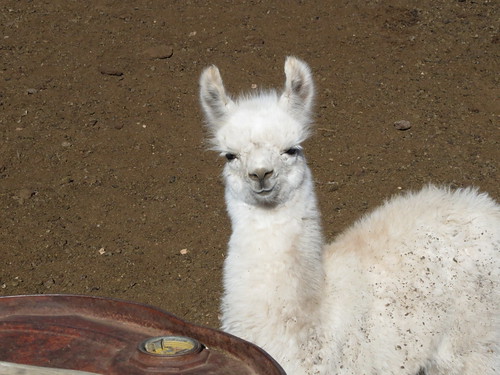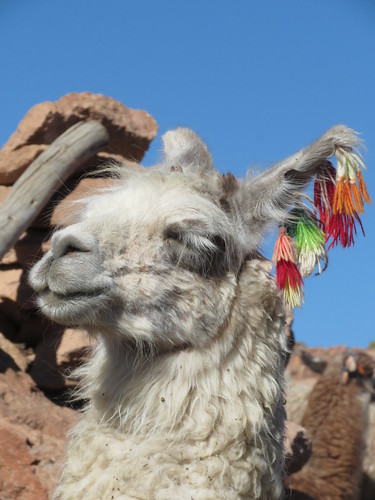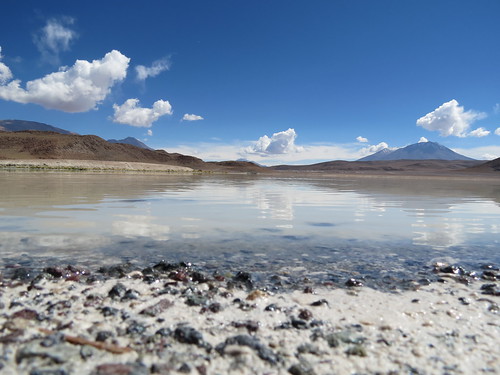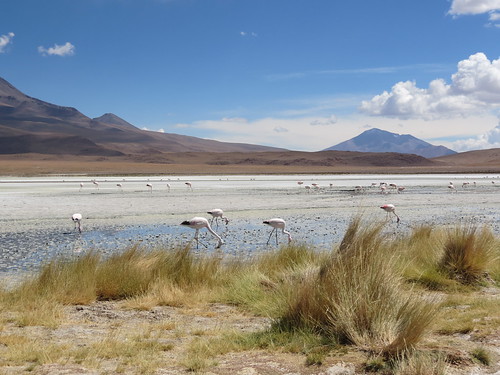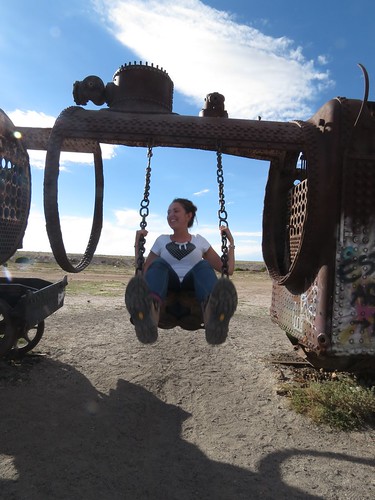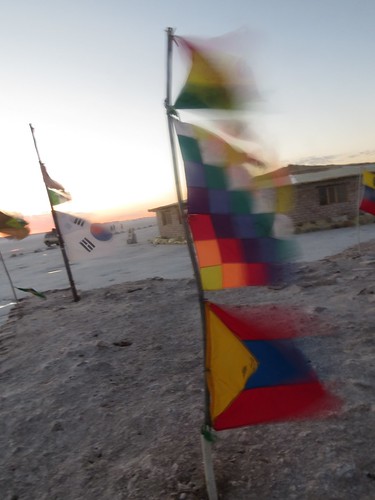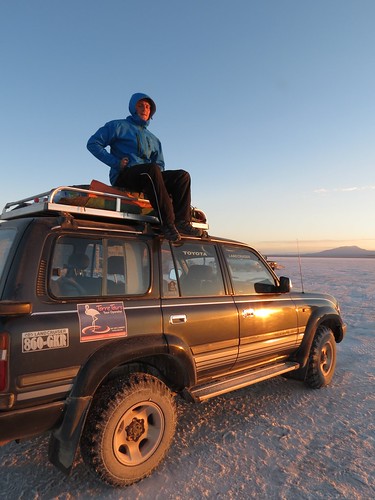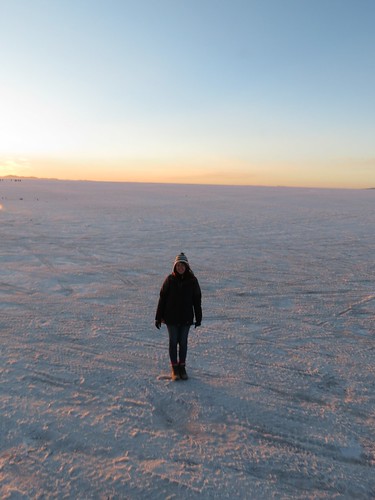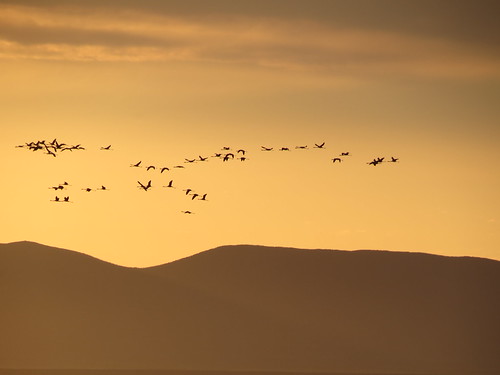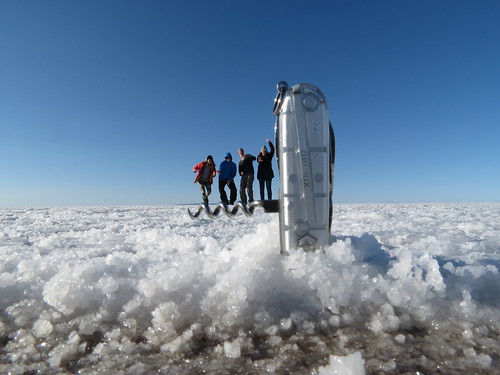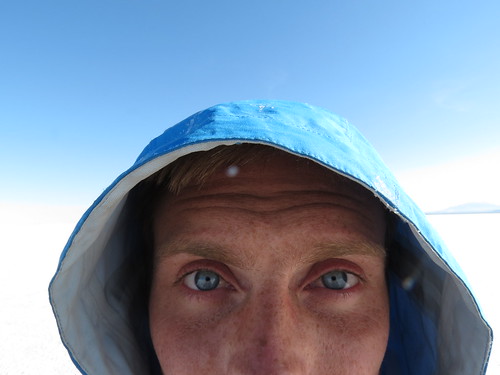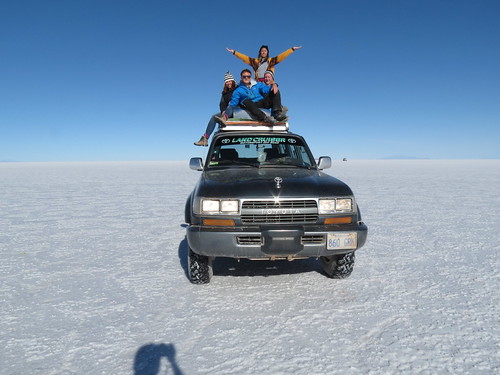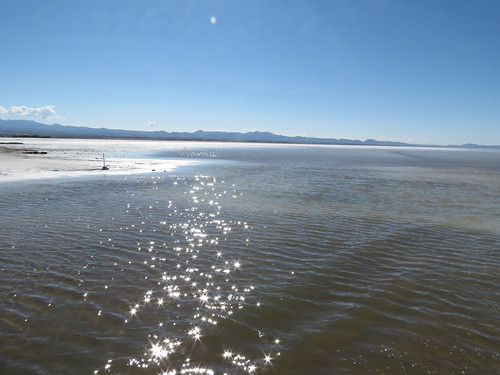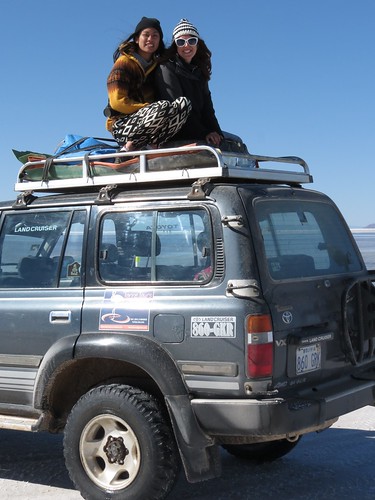Samaipata really proved to me how different Bolivia is. We´d passed through dry desert, the green and grassy flat lands and icy mountains. We arrived in this tiny town incredibly early in the morning. Without having a map of the town or a phone to call the hostel we were staying at, we had no choice but to sit on our luggage at the corner of the road and watch the sun come up. It was only when the sun fully rose that we could take in the muddy main roads and the huge green leaves that seemed to hang over the perimeter of the town, as if the jungle was trying to swallow up the town.


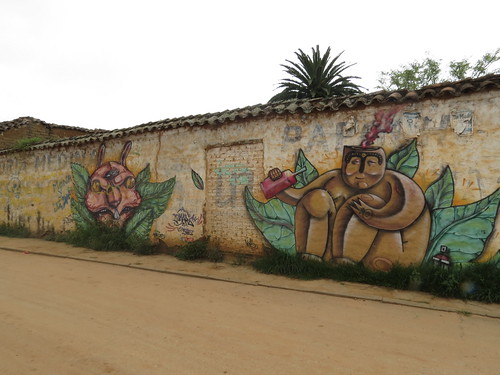
Slowly but surely, the town started to wake up. We soon learnt that the pace of life here was incredibly sleepy. only a couple of trucks drove past and one lady swept the pavement. We eventually hailed a car who stopped and agreed to take us to our hostel La Posada Del Sol.
The American owned hostel turned out to be a huge treat for us. They had unfortunately double booked, so upgraded us to a lovely room which had a view of the rolling hills which surrounded the town. Better still, there was a huge garden with lots of hammocks, the perfect place to laze away an afternoon with a book and a glass of red wine. Furthermore, they offered us a cocktail each night to apologise too, proving to us that Bolivian customer service has a lot of catching up to do with the American´s.
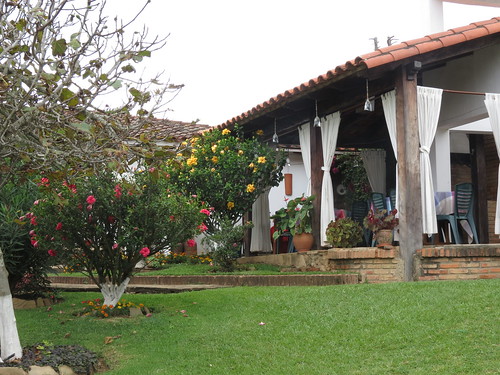
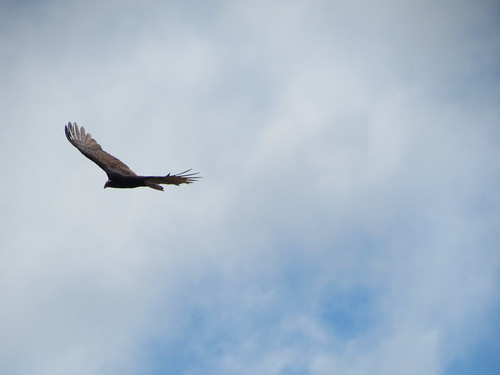
We set our things down and went in search of El Fuerte, a group of ruins that had been built before the pesky Incas took over the continent. It was a really nice change to the city. We seemed to have the whole place to ourselves on top of the hill, and it was a really nice place to nosy around and stretch our legs after the long bus ride. We saw some menacing looking caterpillars, almost as scary as the punishment hole. Eeeek!



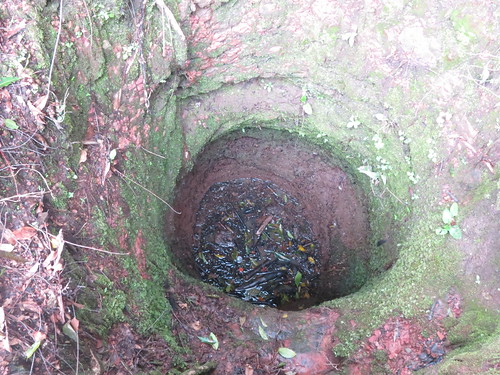

Our second day, the sun was shining brightly, so we decided to take a dip in the three waterfalls, or cascadas de cuevas, maybe an hours drive out of the town. It was an amazing walk down to the waterfalls, and I got a little envious as it appears to be someone´s back garden. It was so green and hundreds of butterflies wafted around on the breeze. The water itself was chilly, but I managed to brave it to the rock in the center before Nick showed me there was a shallow path hidden in the pool meaning you could walk there! Oh well! The rest of the morning we laid on the sand and dried off.
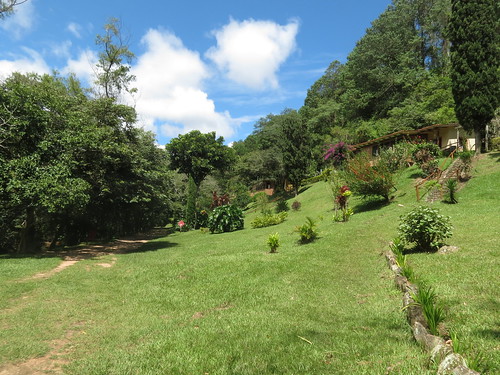
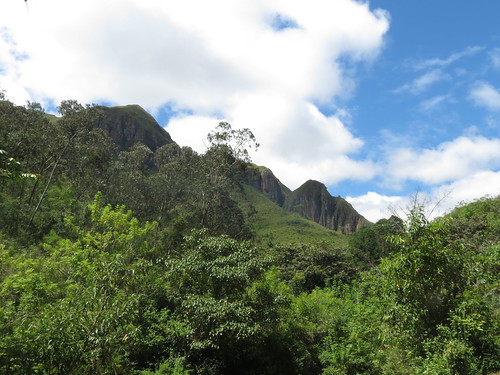

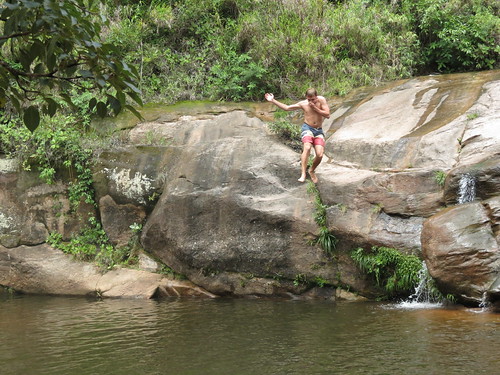
One of the major pulls of Samaipata is the fact that it is in the hills surrounding the peaceful little town that Che Guevara was captured and executed. Many tour agencies in the town offer tours of all of the spots that played a part in Che´s last few days. Nick and I decided not to do this as it turned out to be a little more than we wanted to pay. Whatever you decide to do in Bolivia, it's worth rebelling against the advice to relax in the resting place of rebels.
Follow me...

